How to Actually Tell If a Beauty or Fashion Influencer Knows What They’re Talking About
I’ve spent the better part of two decades in the fashion and beauty world. My career started with the less-than-glamorous job of being a stylist’s assistant, which mostly involved me lugging enormous garment bags all over the city and learning, through trial and error, the exact right way to steam silk without ruining it. From there, I moved into editorial, where my entire job was to wade through a sea of new products, emerging trends, and bold claims to find the stuff that was genuinely worth it.
In this article
I’ve seen fads explode and then fizzle out completely. But I’ve also seen how the right piece of advice can totally transform the way someone feels in their own skin. And through all of it, I learned the single most valuable skill: how to spot the difference between genuine, hard-won knowledge and slick, well-packaged hype.
Today, you’re drowning in information. A quick search brings up a million opinions, but let’s be honest, not all of them are created equal. It’s actually gotten harder to find advice you can trust. That’s why I’m here. This isn’t a list of people to follow; it’s a toolkit for figuring out how to choose for yourself. I want to give you the same mental checklist I use to vet a source, whether it’s a huge publication or a new blogger on the block.
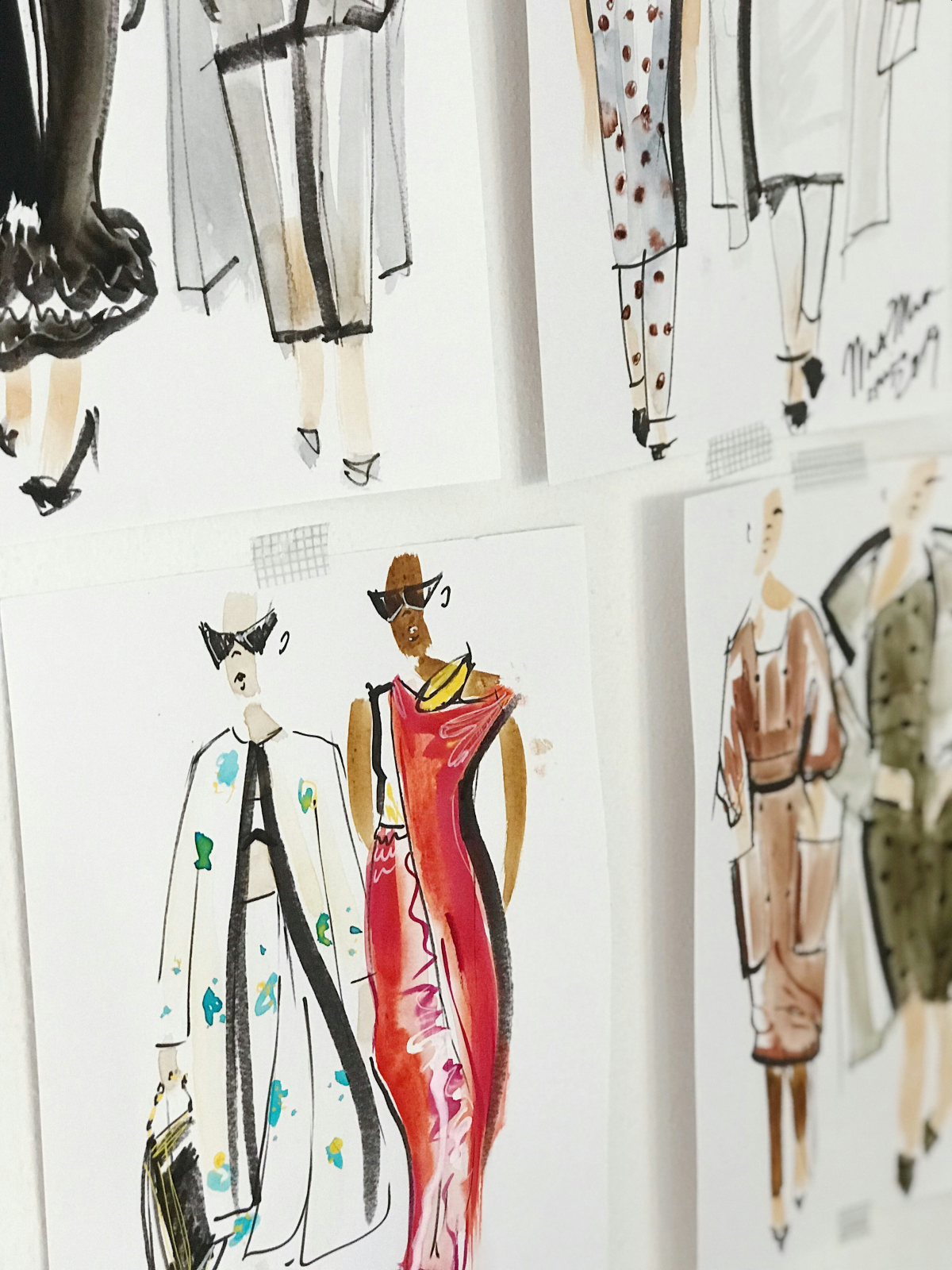
And I’ll be the first to admit, even I’ve been fooled. I once dropped a ridiculous amount of money on a ‘miracle’ seaweed-infused serum that was all the rage. The hype was incredible. The result? A week of angry, red skin and a much lighter wallet. It was a great reminder that hype doesn’t equal results. My goal is to help you build your own trusted circle of advisors so you can make choices that feel right for you, your style, and your bank account.
First Things First: Know the ‘Why’ Before the ‘What’
Before you can tell if someone’s advice is any good, you need a basic grasp of the fundamentals. For beauty, that means your skin. For fashion, it’s all about fabric and construction. The pros build their entire careers on this foundation, and it’s the key to unlocking your own confidence. It’s the difference between blindly following a recipe and actually understanding how the ingredients work together.
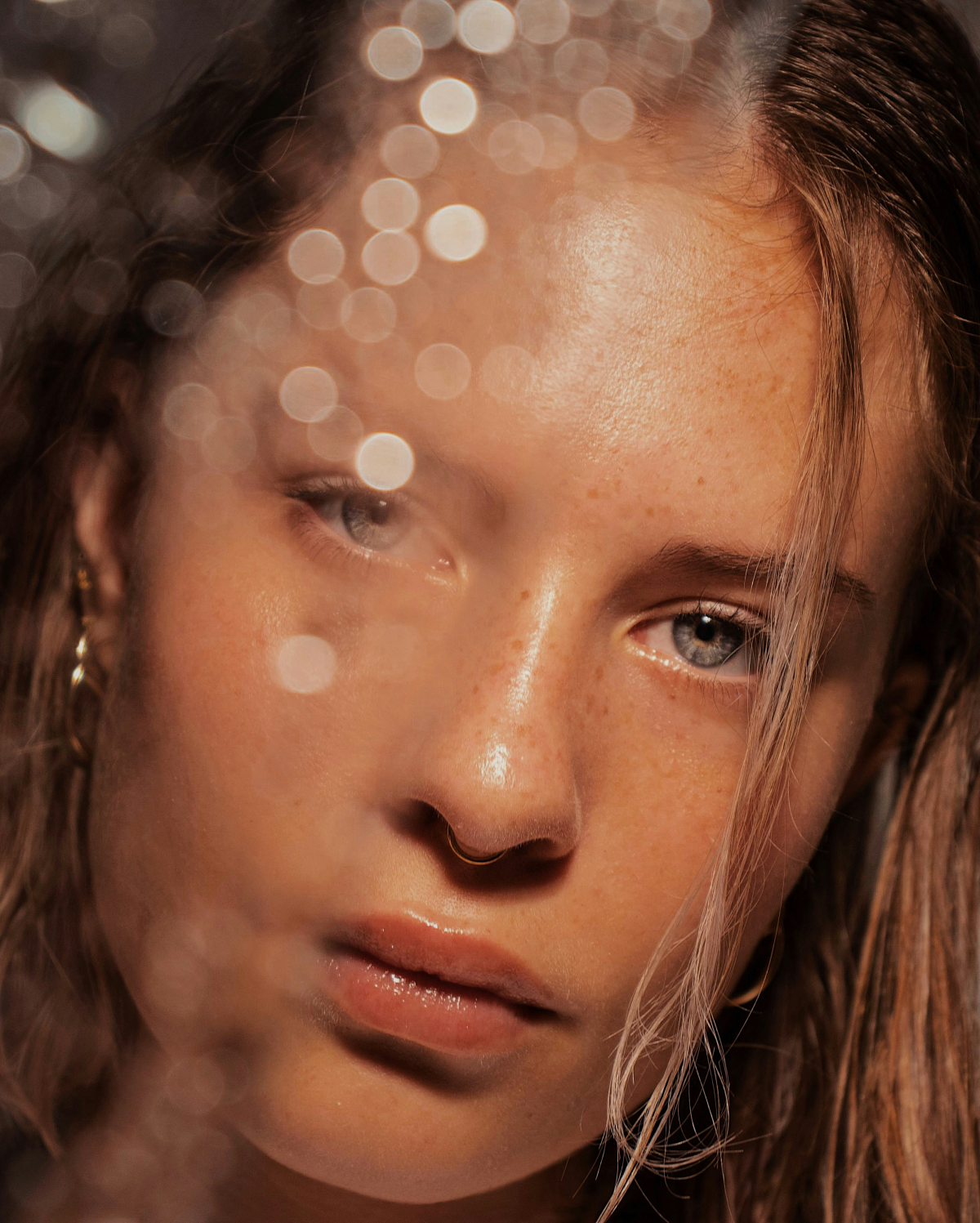
Cracking the Code on Your Skin
Let’s get one thing straight: your skin is an organ. Its main job is to protect you, and the hero of this story is your skin barrier. Think of it like a brick wall—the skin cells are the bricks, and the natural fats (like ceramides) are the mortar holding everything tightly together. When that wall is strong, moisture stays in and irritants stay out. So many common skin issues, from breakouts to eczema, often start with a damaged barrier.
A source you can trust won’t just tell you to buy a product; they’ll explain how it supports that barrier. For instance:
- Hyaluronic Acid: This isn’t a harsh, exfoliating acid. It’s a humectant, which means it grabs onto water and holds it in your skin. A real pro will give you a crucial tip: always apply it to damp skin. Why? Because if the air around you is dry, it can actually pull moisture from the deeper layers of your skin to the surface, making you even drier in the long run. That’s a detail born from experience, not from reading a press release.
- Retinoids (like Retinol): These are superstars for speeding up skin cell turnover, which helps with everything from fine lines to acne. But a trustworthy source will ALWAYS lead with a safety warning. They’ll tell you to start slow with a low concentration (think 0.25% or 0.3%) just a couple of nights a week. They’ll also stress that you absolutely must wear sunscreen every single day when using it, as it makes your skin way more sensitive to the sun. This isn’t just a friendly tip; it’s a non-negotiable safety rule.
Quick tip: The 60-Second Ingredient List Check. When I was training new editors, I taught them to ignore the marketing on the front and flip the bottle over. The first five ingredients on the list (often called the INCI list) make up most of the formula. If you see “Alcohol Denat.” high up, be wary, as it can be really drying. Instead, look for heroes like Glycerin, Hyaluronic Acid, or Niacinamide in those top spots.

Oh yeah, and you don’t need to spend a fortune. For something like retinol, you can get a fantastic starter product from brands like The Ordinary or The Inkey List for under $15. It’s always smarter to start cheap while your skin gets used to a new active ingredient.
Getting Real About Your Wardrobe
The same principle applies to fashion. It’s not about the brand; it’s about the materials and the make.
Good advice goes beyond just what’s trendy. It teaches you what to look for on the tag and in the seams. For example, a reliable source won’t just say, “Buy these jeans.” They’ll tell you the secret to a great fit that lasts all day is the fabric blend. Look for 1% to 2% elastane (or spandex). That’s the sweet spot for a comfortable stretch that snaps back, so your jeans don’t get baggy and sad by lunchtime.
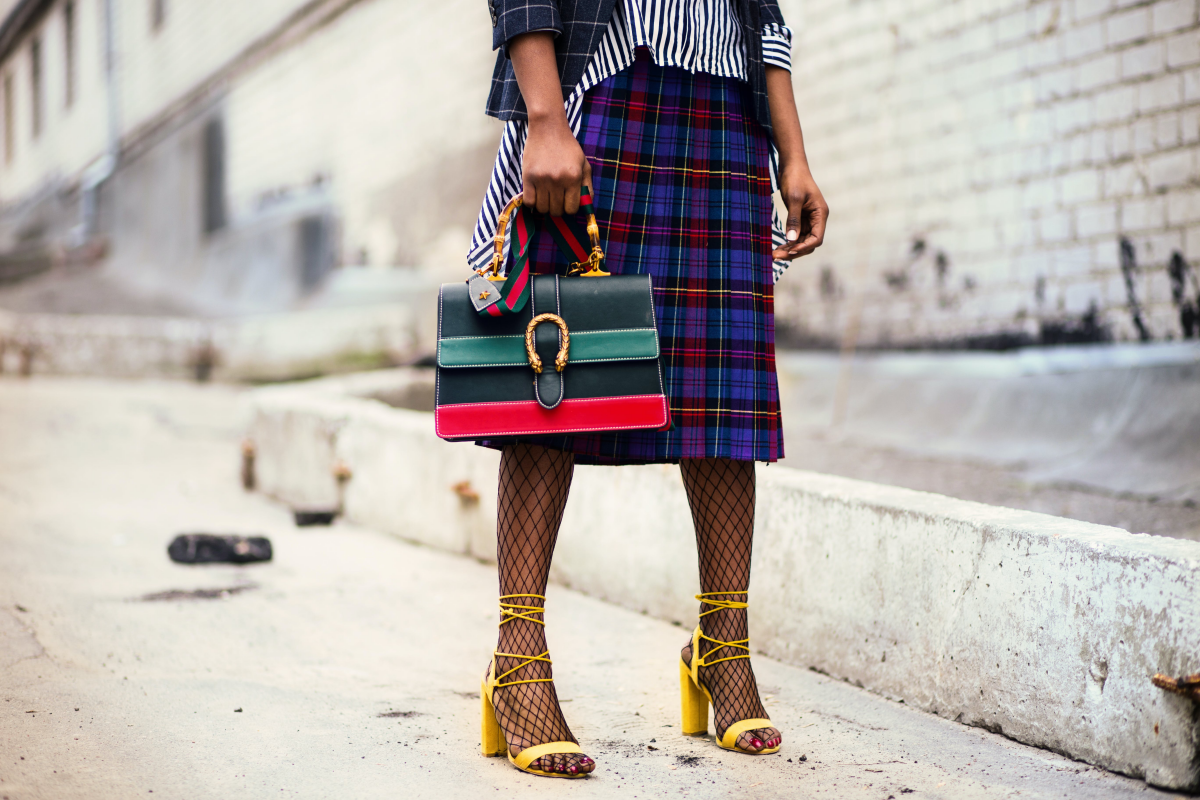
It’s also about construction. A true fashion expert will encourage you to look at the details. Check the seams—are they straight and tidy? On a patterned garment, do the patterns line up at the seams? That’s a sign of quality craftsmanship. Flip a jacket inside out. Is the lining smooth and well-stitched? Even something as simple as the zipper can tell you a lot. A flimsy, generic zipper might not last, but a solid YKK zipper is a good sign the designers didn’t cut corners. This is the kind of know-how that helps you buy better, not just more.
Green Flags vs. Red Flags: Spotting the Good, the Bad, and the Sponsored
Okay, so once you’ve got the basics down, it becomes much easier to filter your sources. Here’s a breakdown of what to look for and what should make you immediately suspicious.
What Trustworthy Advice Sounds Like (The Green Flags)
You’ll notice that the best sources have a few things in common. They manage your expectations and acknowledge that there’s no single magic bullet. They’ll say things like, “This won’t work overnight, but with consistent use, you should see less redness in a few weeks.”
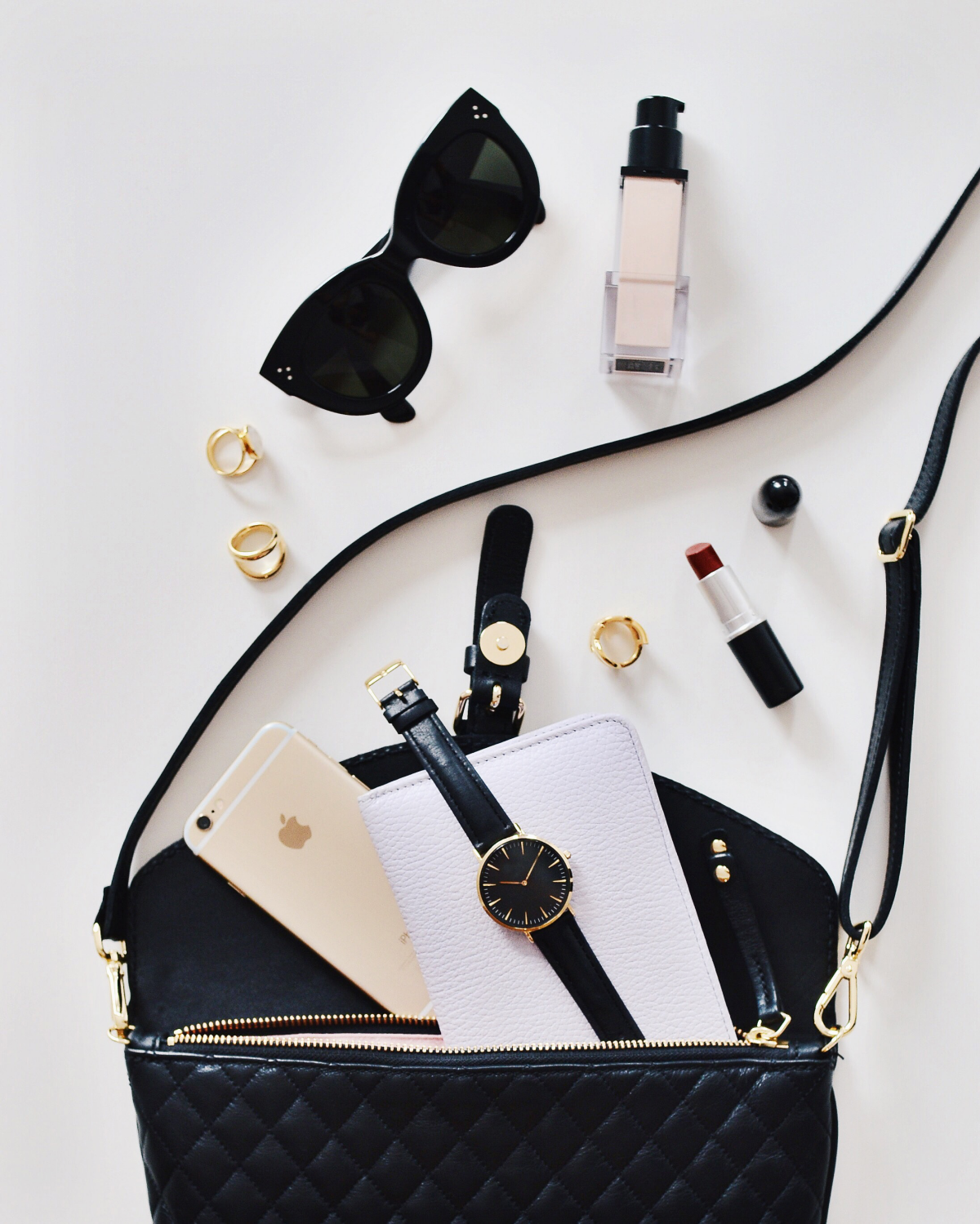
They also talk about different body or skin types. They’ll offer alternatives, like, “This cream is amazing for dry skin, but if you’re oily, you might prefer the lightweight gel version.” For clothes, they’ll say, “This silhouette is fantastic for creating curves, but if you’re an apple shape, you might want to try a style with an empire waist instead.” They understand that advice is not one-size-fits-all.
Finally, they explain the ‘why,’ just like we talked about. They don’t just recommend a product; they give you the knowledge behind it, empowering you to make your own decisions later.
Warning Signs It’s All Hype (The Red Flags)
On the flip side, some things should set off alarm bells. Heads up! If you spot these, it’s probably best to move on.
- Miracle Language: Be super skeptical of words like “erase,” “cure,” or “instant.” Real progress in skincare and building a quality wardrobe takes time. Anything promising an overnight transformation is likely over-promising.
- Vague Claims: Phrases like “it just works!” or “it’s amazing!” without any specific explanation are a giveaway. Why does it work? Who does it work for? What does it feel like? A lack of detail often means a lack of real knowledge.
- Heavy Filters & Pinned Clothes: This is a big one. If someone is reviewing a foundation while using a skin-smoothing filter, you can’t trust the review. Period. Same goes for fashion—if a dress looks suspiciously perfect, it’s probably been pinned and clipped to death in the back to create a flawless silhouette that’s impossible to achieve in real life.
- No Mention of Downsides: Every product isn’t for everyone. A reliable source will mention who shouldn’t use a product or what potential irritations to look out for. If it sounds too good to be true, it probably is.
- Undisclosed Ads: If someone is raving endlessly about a product and the post isn’t clearly marked with
ad or
sponsored, be cautious. Authentic enthusiasm is one thing, but an undisclosed sales pitch is another.
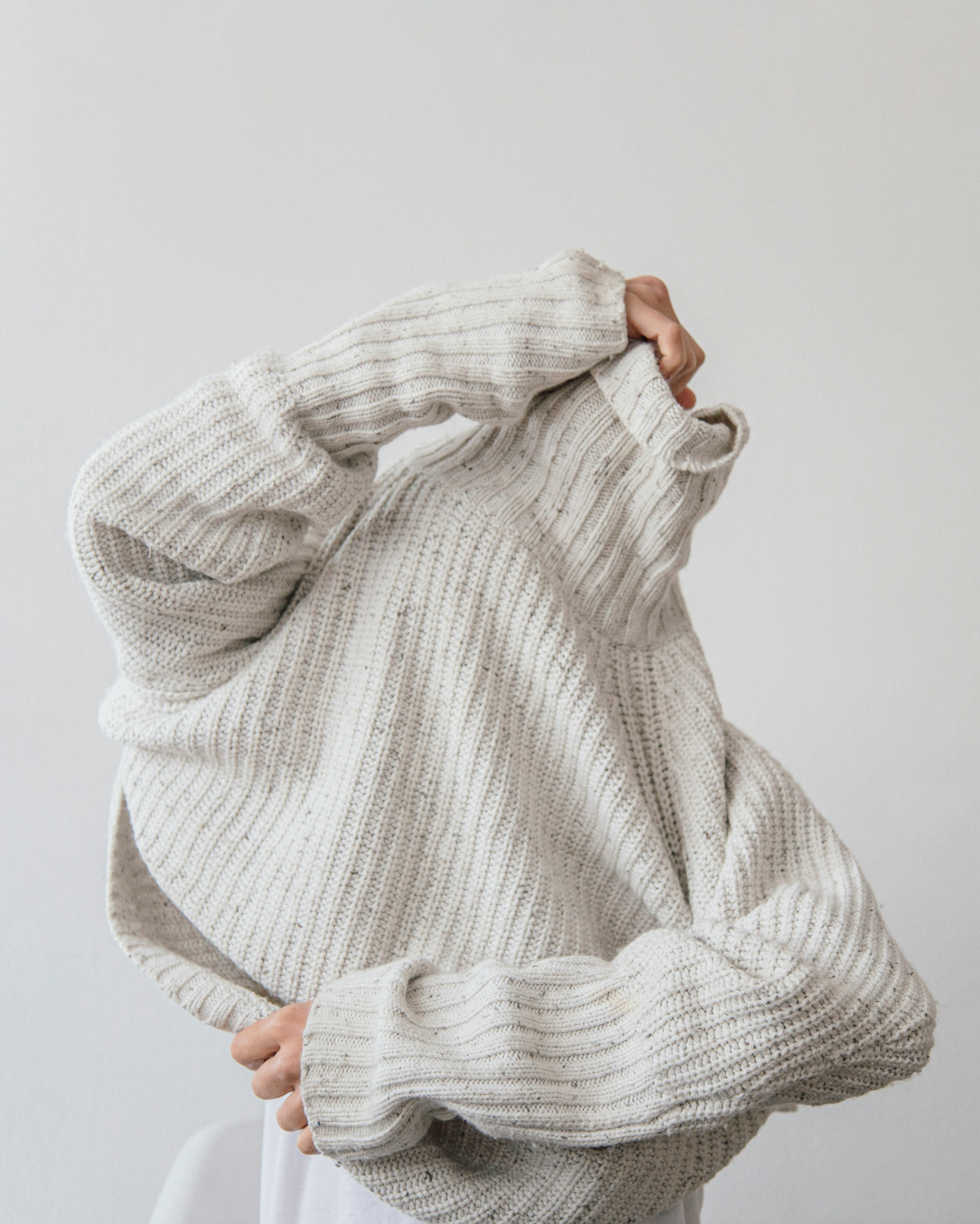
Your Turn to Be the Expert
Building a circle of trust takes a little effort, but it’s so worth it. The goal isn’t to stop listening to others, but to listen more critically. The more you learn about the basics—be it skincare ingredients or fabric types—the more you’ll be able to call B.S. when you see it.
By the way, if you want to do a little homework, a couple of great, no-nonsense websites for looking up cosmetic ingredients are INCIdecoder and the ingredient dictionary on Paula’s Choice. They’re awesome for cutting through marketing nonsense and getting to the science. So go ahead, start vetting. Your skin, your closet, and your wallet will thank you.
Galerie d’inspiration
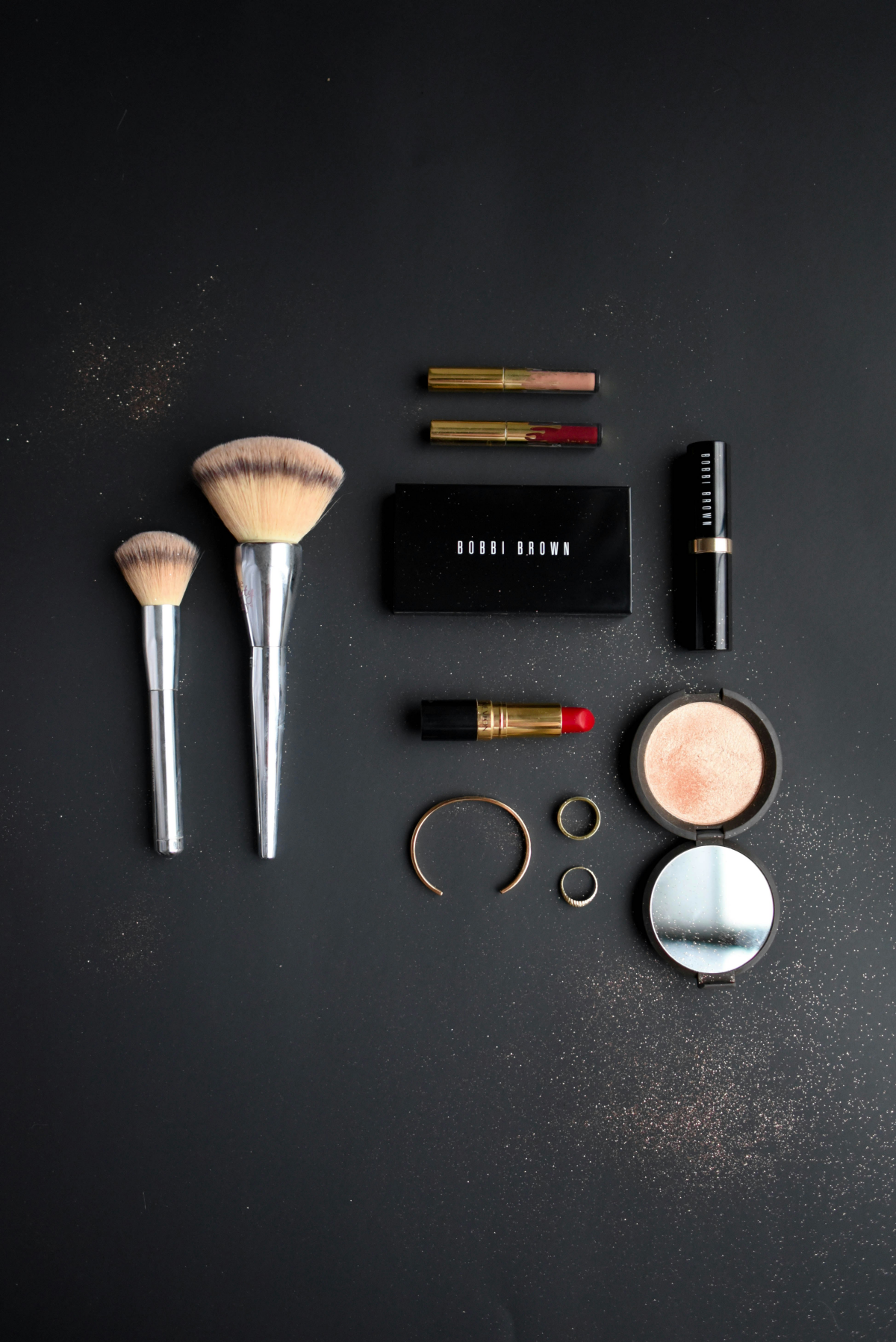
An influencer raves about a










